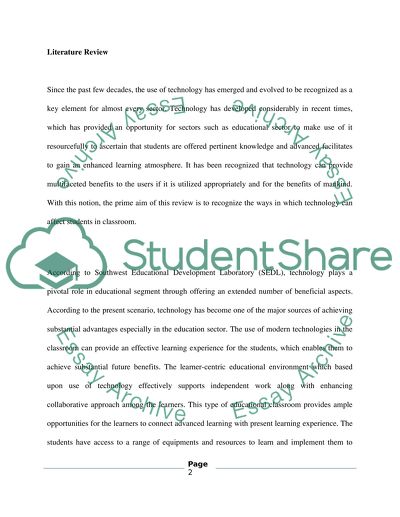Cite this document
(“How does Technology Affect Students in Classroom Research Paper”, n.d.)
How does Technology Affect Students in Classroom Research Paper. Retrieved from https://studentshare.org/technology/1464586-how-does-technology-affect-students-in-classroom
How does Technology Affect Students in Classroom Research Paper. Retrieved from https://studentshare.org/technology/1464586-how-does-technology-affect-students-in-classroom
(How Does Technology Affect Students in Classroom Research Paper)
How Does Technology Affect Students in Classroom Research Paper. https://studentshare.org/technology/1464586-how-does-technology-affect-students-in-classroom.
How Does Technology Affect Students in Classroom Research Paper. https://studentshare.org/technology/1464586-how-does-technology-affect-students-in-classroom.
“How Does Technology Affect Students in Classroom Research Paper”, n.d. https://studentshare.org/technology/1464586-how-does-technology-affect-students-in-classroom.


